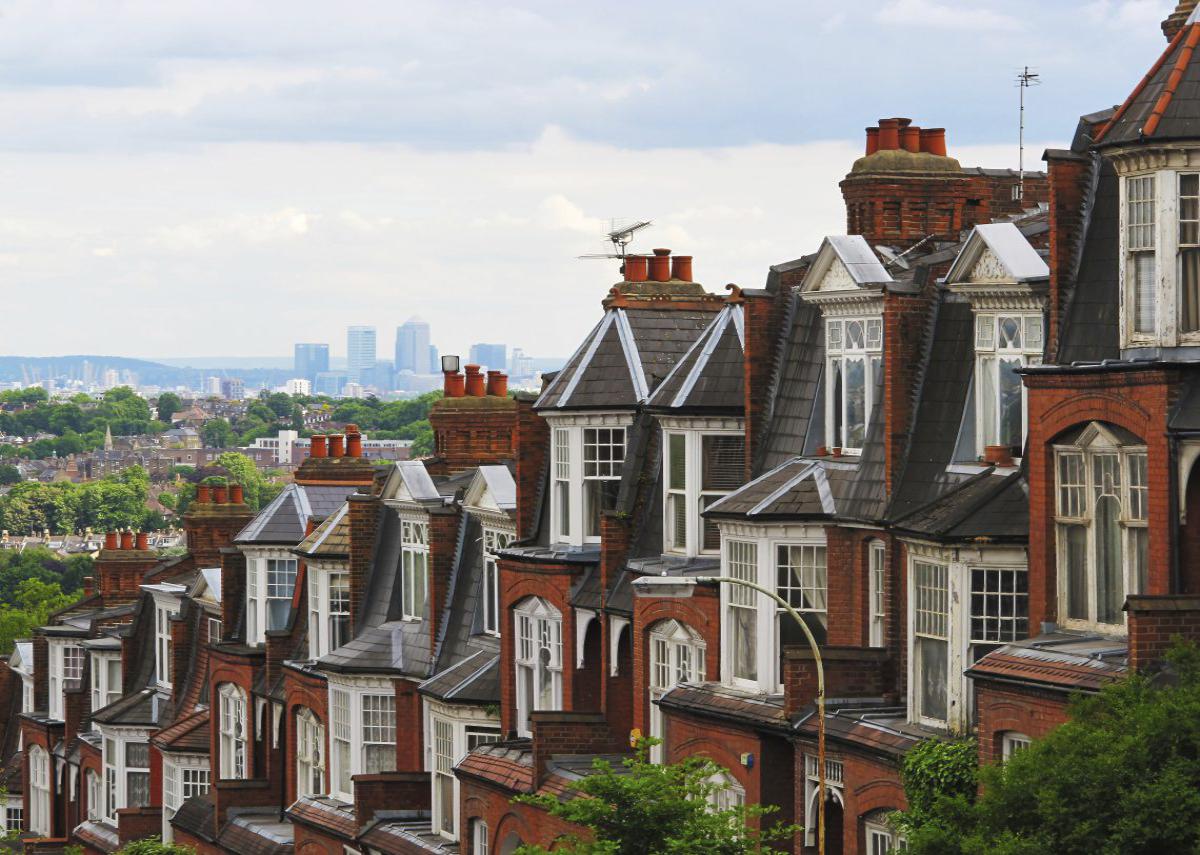Average asking rents in the private rented sector have increased by almost 10 per cent in a year according to Rightmove.
According to the property portal, average asking rents have increased at the fastest rate on record, and are now £1,068 per calendar month (pcm) outside of London – 9.9% higher than this time last year, and 13% higher than before the pandemic.
The figures, taken from Rightmove’s latest rental tracker for Quarter 4 of 2021 show:
-
London rents have hit a new record of £2,142 pcm, with the capital seeing the largest quarterly jump of any region, up 6.1%
-
Rents in the capital have risen beyond pre-pandemic levels for the first time and are now 3% higher than the beginning of 2020.
-
Competition between tenants for available properties was nearly double (+94%) in December 2021 compared to December 2020.
-
Tenant demand is 32% higher than this time last year.
-
The number of available properties is 51% lower than the same period last year, however it is 7% higher than the same period in December, a sign of availability improving.
-
New Rightmove data on rental yields reveals the average yield in Great Britain is at its highest point since 2016, with record yields in the North East and Wales.
The increase in rent levels has been attributed to an imbalance in supply and demand, with Rightmove predicting rents will rise by a further 5% as we move through 2022.
The data stands in contrast to the figures from the Office for National Statastics (ONS) Index of Private Housing Rental Prices, UK, which suggests actual rents paid by tenants raised by just 1.8% in the 12 months to December 2021.
However as ONS data reflects all tenancies and the Rightmove figures only new tenancies, it will take longer for increased rental prices to feed through into the data, and doen't necessarily reflect what is happening on the ground right now.
The challenge
The housing supply crisis is expected to be exacerbated in the coming years, with more and more people looking to the private rented sector for a home at the same time that the tax and legislative landscape for landlords becomes ever more challenging.
Changes to mortgage interest relief, capital gains tax and stamp duty all having a significant impact on rental businesses in recent years, with other changes, including limits to wear and tear allowances and the letting agent fee ban have also been felt, and with plans for new minimum EPC ratings and the loss of Section 21 also on the cards the challenges continue to grow.
At the same time more homes to rent are needed to tackle the current housing shortage, with a predicted 1.8 million additional households needing to be housed in the PRS over the next 10 years.
Meera Chindooroy, Deputy Director of Campaigns, Public Affairs and Policy said: “The PRS is facing a significant challenge at the moment in terms of the shortfall between supply and demand, which is only going to get worse if we don’t address it now.
“With the budget likely now just weeks away the NRLA is finalising proposals for pro-growth taxation policies that will encourage landlords to stay in the sector and continue to invest.
“This is vital if the Government wants rents to remain affordable and if it is to continue to rely on the sector to provide the homes to let that this country so desperately needs.”

